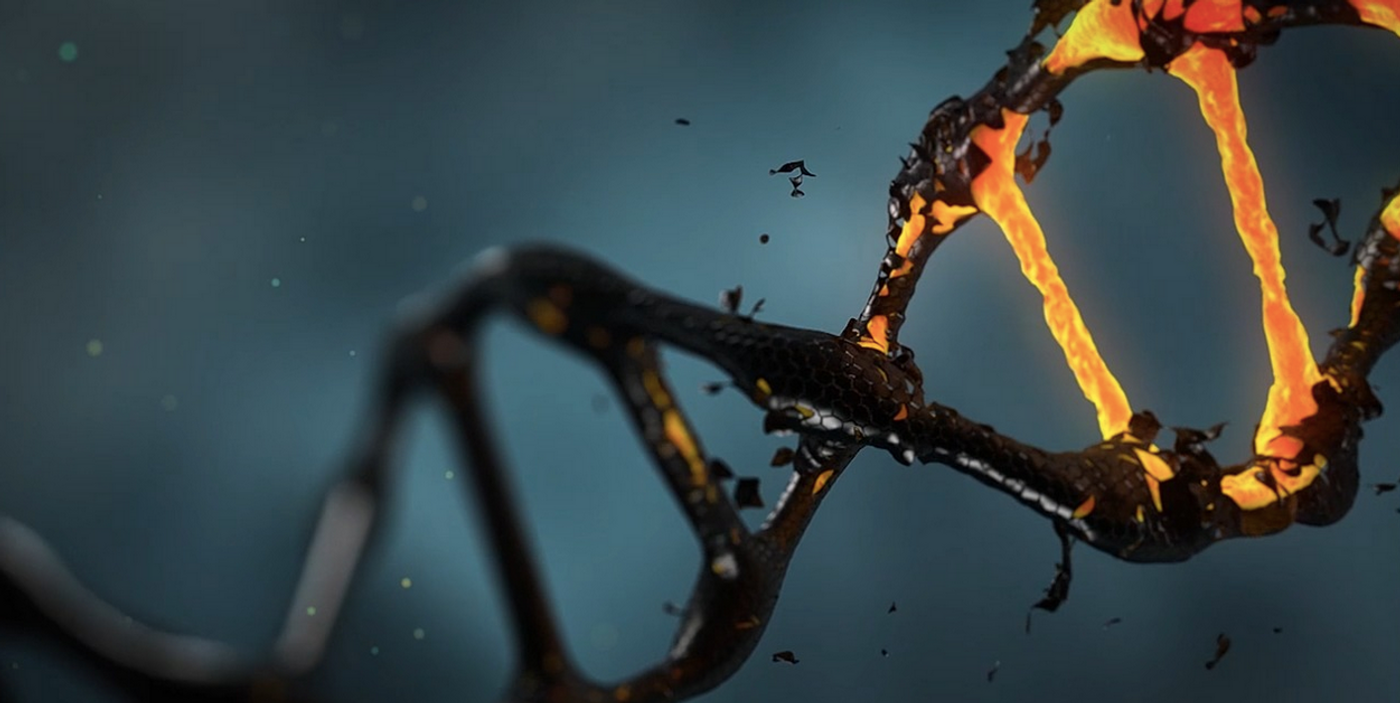Silent Genetic Mutations Are Not as Quiet as we Thought
Genes hold the recipe for proteins, which are made of amino acids. DNA only has four letters, or nucleotides, and each sequence of three nucleotide bases, or codon, encodes for one amino acid. There is a lot of redundancy built into the genetic code; most amino acids are encoded by at least a few codons. For example, the amino acid valine is encoded by four different codons. It was long thought that the various codons used to encode amino acid were more or less equivalent., and could be swapped out without effect. When a mutation arises in the genetic sequence that does not alter the amino acid, it is called a silent mutation.
However, in recent years, scientists have found evidence that there are differences between those codons. New research has indicated that so-called synonymous or silent mutations may actually be harmful. The findings, which used a yeast model, have been reported in Nature. If they are confirmed in humans, they could have significant implications for many facets of biomedical research, suggested the scientists.
"Since the genetic code was solved in the 1960s, synonymous mutations have been generally thought to be benign. We now show that this belief is false," said senior study author Jianzhi "George" Zhang, a Professor at the University of Michigan. "Because many biological conclusions rely on the presumption that synonymous mutations are neutral, its invalidation has broad implications." When researchers are investigating disease, for example, they generally ignore those silent mutations.
In this study, the researchers set out to investigate evidence that synonymous mutations can have an impact.
Yeast cells and CRISPR/Cas9 enabled the research team to test the effect of a huge number of synonymous mutations in a reasonable amount of time. Over 8,000 mutant yeast strains that carried various types of mutations including synonymous, nonsynonymous (that change the amino acid sequence) or nonsense mutations (that end the protein sequence prematurely) in one of 21 targeted genes were created. The reproduction rates of the strains were then compared to see how the mutations impacted the fitness of the yeast cells, which could indicate whether mutations were neutral, beneficial, or harmful.
This research showed that 75.9 percent of synonymous mutations were significantly harmful, and 1.3 percent were significantly beneficial to the yeast cells.
"The previous anecdotes of nonneutral synonymous mutations turned out to be the tip of the iceberg," said lead study author Xukang Shen, a graduate candidate in Zhang's lab. Further study showed that synonymous mutations change fitness, and one reason is that synonymous and nonsynonymous mutations both change gene expression.
The researchers expected that some synonymous mutations would have an effect, but they were "shocked by the large number of such mutations." Now, there wil be more to learn abot the potential biological impact of those mutations on higher-order organisms, and people.
Sources: University of Michigan, Nature









